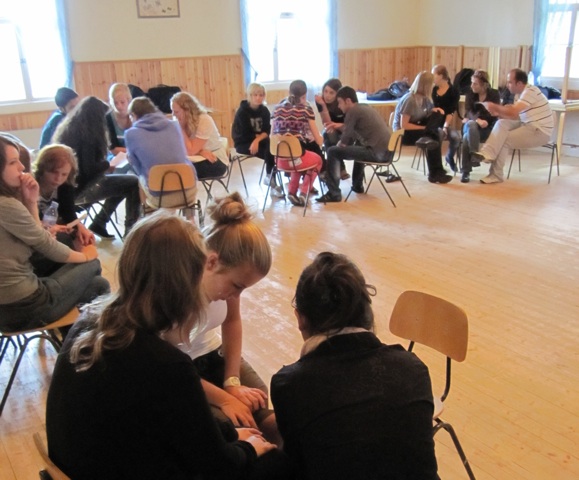A newspaper (in pdf) produced by the participants in Boundaries II on Åland
2010 can be downloaded here.
A short film from last year’s exchange in Ysselsteyn, Holland can be watched here.
An advance planning visit for this year’s exchange was held on Åland in spring 2010. Read more here.
The schedule for the exchange on Åland can be found here.
More information about the exhange can be found below.
‘Boundaries II’ was the follow-up of a youth exchange on the same topic that was held in Ysselsteyn in the Netherlands in 2009. The exchange aimed to give young people an opportunity to come together across borders to discuss personal, cultural and national boundaries and borders and how they can cause severe conflict but also serve as a meeting place. In the summer of 2010 approximately 30 young people from Åland, the Netherlands, Turkey, Bulgaria and Greece came to the Åland Islands for a week of workshops and activities. The young participants would demonstrate how friendship can bring former foes together and help not only the young generation but also the community to face the conflicts of the past and work for peace.
The first exchange in Ysselsteyn, which is the site of a large German cemetary from World War II, highlighted a historical conflict and used it as a starting-point for discussion. ‘Boundaries II’ proceeded to illustrate a case of peaceful conflict management, while focusing on questions of identity and ‘in-betweenness’. Following Finnish independence, a dispute arose over the sovereignty of the swedish-speaking Åland Islands, which are located between Stockholm and Turku. The conflict was arbitrated by the League of Nations, and Åland received extensive self-government and minority protection within the state of Finland. Today the islands can serve as an example of peace, prosperity and of an innovative way to host differences within the state, something the participants of the exchange learned about through a visit to the Åland Parliament, among other things. A third exchange on ‘boundaries’ will be held in the Balkans in 2011, drawing attention to more recent European conflicts and stimulating discussion on possible means of peaceful conflict management.
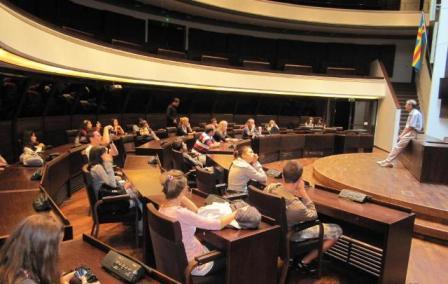
Participants visited the Åland Parliament.
The objective of the exchange was to make young people question why national, cultural and personal borders and boundaries exist and are important to people to such an extent that unauthorised crossing can lead to severe conflicts. Yet boundaries are not fixed or natural, but social and political constructions. Furthermore, borders can be peacefully managed and can provide an opportunity for intercultural interaction, provided there is awareness, mutual understanding and respect between individuals, cultures and nations. The aim was that the exchange would lead the participants to understand and respect cultural differences, to question prejudices and to gain an understanding of being individuals, not only part of a national or cultural group. The young people also discussed ways of managing conflicts in personal life, including conflicts related to cultural differences.
In addition to allowing young people to reflect upon the theme of boundaries, the exchange maintained some more general objectives:
• To build new connections and friendships between youth from different countries.
• To teach the young participants how to deal with conflicts in an intercultural context.
• To stimulate the young people’s interest in intercultural dialogue.
• To create an atmosphere of common understanding between young people representing different cultures, working styles and habits.
• To help the young participants gain an understanding of non-verbal communication and to give them an opportunity to practice a different language.
• To encourage young people to take initiative and to be responsible.
• To demonstrate the possibilities that Youth in Action brings to young people, and to illustrate how youth exchanges work and can be set up.
The core theme of the exchange was ‘boundaries’, and the emphasis during the exchange on Åland was put on three sub-themes, namely ‘identity’, ‘peaceful conflict-management’ and ‘tolerance’. Boundaries are related to questions of identity at both the personal and the international level, and the exchange discussed how boundaries can serve as a meeting place between cultures and identities, and how they can also be a source of conflict. This theme was highlighted in the example of the Åland Islands, where the wish of the Ålanders to re-unite with the ‘mother country’ of Sweden had the potential to cause severe international conflict, but which today rather serves as a meeting place between cultures and languages. The exchange drew attention to how various personal identities (concerning national belonging, language, gender, sexuality, race, political opinion or religious belief) can be a source of conflict, but also to how they can be peacefully managed and celebrated as a source of diversity. Tolerance was shown to be an essential quality if identities and boundaries are to result in celebrations of diversity rather than hostility and conflict.
Participants stayed in 4-person cabins on the island of Prästö, which is connected to mainland Åland by bridge. Some of the meals were also had at the café on Prästö. Most of the indoor activities and workshops took place in the youth centre Solhult on the near-by island of Vårdö, situated a short walk and a 3-minute ferry ride from the Prästö cabins. Many meals were prepared and enjoyed at the youth centre, where participants themselves helped cooking. Those participants who were not on kitchen duty on any given day used the free time to swim, play beach-volley, pool or table-tennis, etc. Also, the camp was held only a short walk from the Fortress of Bomarsund and other historical sites.
The activities consisted of workshops, discussions, awareness-raising exercises, physical activities and excursions to historical sites related to borders and conflicts. The three main excursions during the exchange highlighted the shifting boundaries and identities of the Ålanders. The castle of Kastelholm highlighted the Swedish era of Ålandic history; the fortress of Bomarsund represented the Russian period; and the visit to the Åland parliament represented the period of Ålandic self-governance under Finnish sovereignty.
Throughout the exchange, the youth was actively involved in organising the activities and the activities themselves were designed to ensure active participation. The participants of the exchange had to prepare and implement many of the workshops and activities themselves.
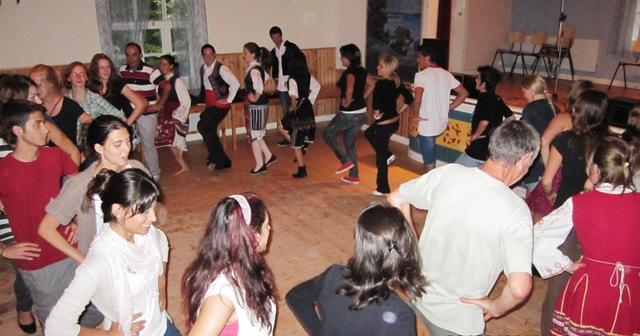
Dancing during the Bulgarian cultural evening.
Special emphasis was placed on the making of a newspaper/magazine on the themes of ‘boundaries’ and ‘identity’. The participants discussed and decided on the nature and content of the magazine. Working in small groups with participants from different countries, the young participants then wrote articles, conducted interviews or surveys, took photographs, and created the other materials of which the newspaper will consist. This activity gave the participants an opportunity to practice their team-working skills during editorial meetings and while working in small groups; to practice their English language skills in writing articles; to get to know participants from other countries; and to learn practical skills such as time-management. An editorial group consisting of participants from different countries and two staff of the Åland Island Peace Institute followed up and coordinated the work. Printing of the newspaper is being planned.
Each national group was also responsible for one cultural evening during the week, a session of the programme in which they introduced their own culture, through among other things dance, song and games, and their own food, through making a national dish for the other participants to sample.


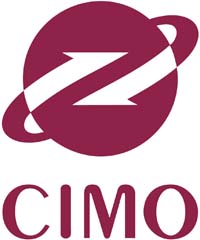
This project has been funded with support from the European Commission. This communication, however, reflects the views of the author only, and the Commission cannot be held responsible for any use which may be made of the information contained therein.

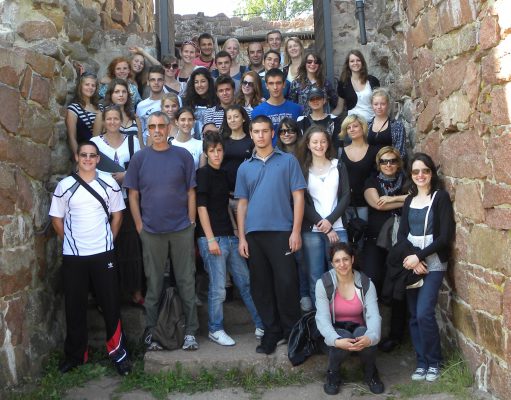
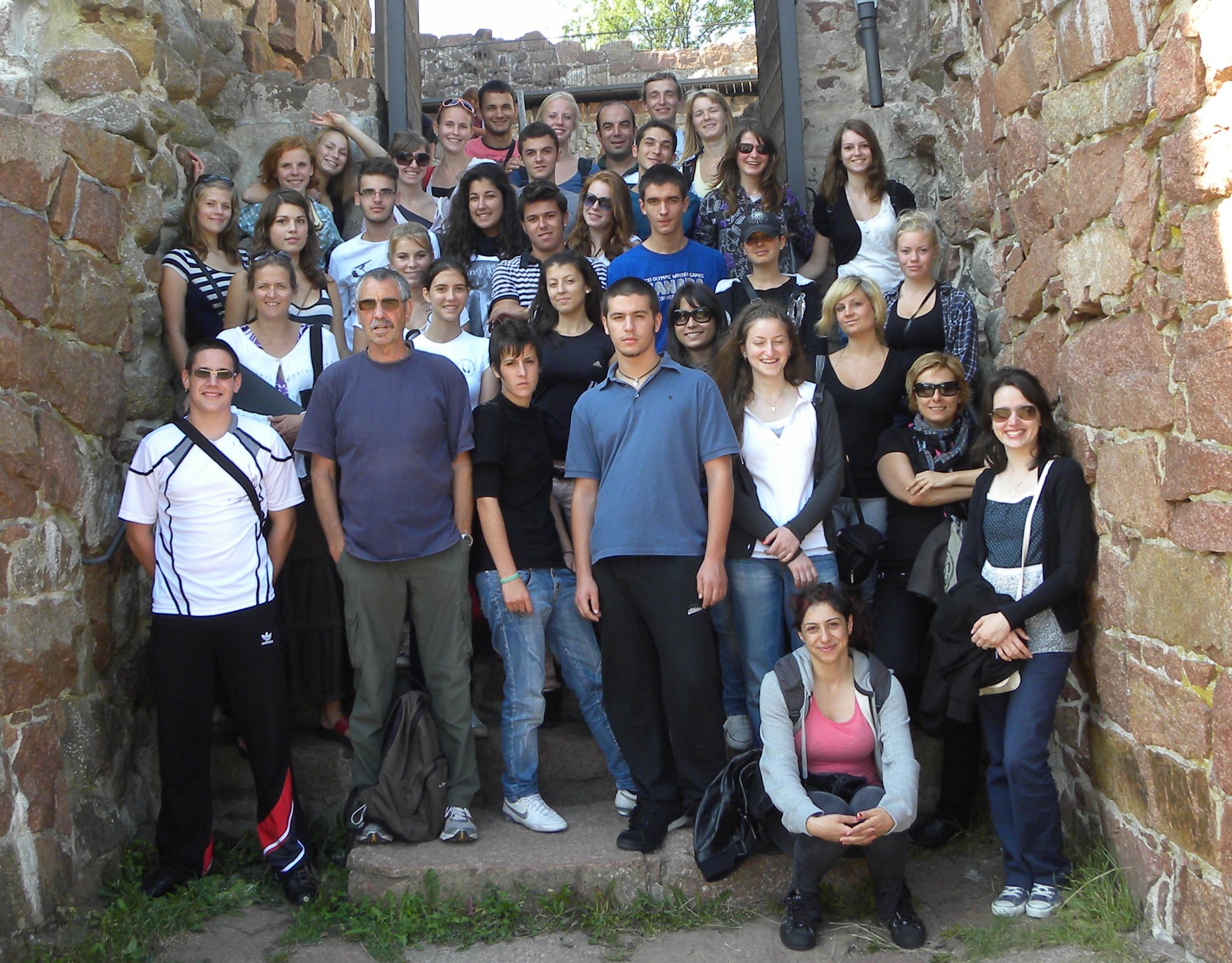 From 6th to 13th of August, 30 young people from Greece, Turkey, Bulgaria, the Netherlands, and Åland gathered on Prästö/Vårdö, Åland, to discuss issues of boundaries and identity. During the six-day exchange, participants took part in workshops, excursions, cultural evenings and other social activities. The purpose was for young people from different countries and cultures to get a chance to meet and discuss important issues.
From 6th to 13th of August, 30 young people from Greece, Turkey, Bulgaria, the Netherlands, and Åland gathered on Prästö/Vårdö, Åland, to discuss issues of boundaries and identity. During the six-day exchange, participants took part in workshops, excursions, cultural evenings and other social activities. The purpose was for young people from different countries and cultures to get a chance to meet and discuss important issues.